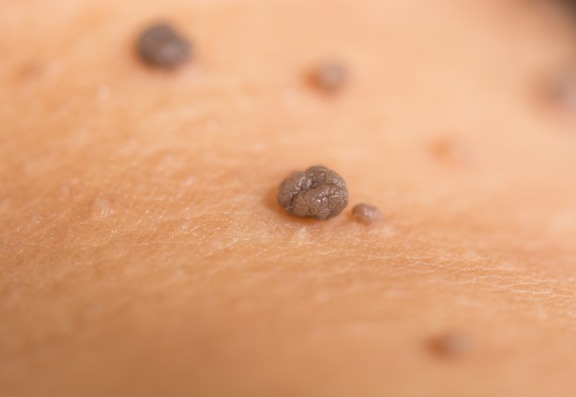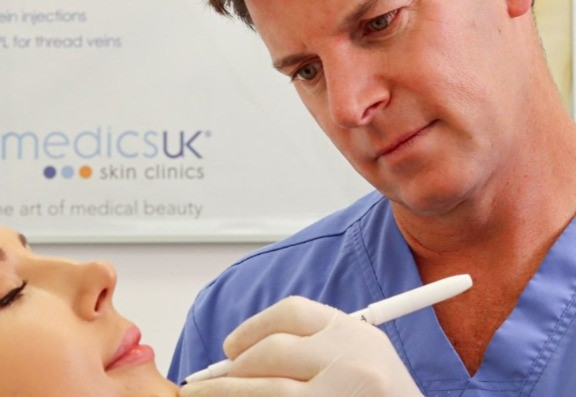Moles are a fact of life for most of the UK population. The medical name for a mole is a naevus; the plural is naevi (in the US spelt nevus/nevi).
Moles are very common. While the average adult will have around 30 moles, some people have up to 400.
Moles, or nevi, fall into two broad categories.
Harmless Moles
The good news is that the majority of moles are medically harmless. However, even harmless “normal” moles can be troublesome if they are in a prominent, visible place such as the face; or if they are large, raised so that they catch on clothing, are hairy or annoying in any other way.
Many people are bothered by unwanted moles. Unfortunately, there is very little mole removal done nowadays on the NHS. However, private mole removal offers an excellent alternative for those patients who are looking to get rid of a troublesome mole.
Even apparently harmless moles should always be tested as a precaution if they are being removed.

Melanoma Moles
Most moles are harmless, but in a few rare cases they can develop into malignant melanoma, which is an aggressive form of skin cancer.
It is therefore important to be vigilant for any change in moles. The "ABCDE" rule describes the features of early melanoma
Any of these mole concerns should be checked by a doctor as soon as possible. This may not necessarily mean melanoma, but it should be investigated.
The most common areas for melanoma are (for men) on the back and (for women) on the legs. Although the risk of melanoma has been clearly linked to sun exposure, melanomas are not exclusively sun-related. Anyone can get melanoma and they can get one on any area of skin even if they have never been sunburnt. That’s why everyone is advised to check themselves all over every 2-3 months and seek urgent attention for any suspicious moles.
If melanoma is suspected, mole removal may be carried out on the NHS and this should include mole testing.
Surgical or laser mole removal is also available in the private sector, where waiting lists are not an issue.
Remember, the majority of moles are actually harmless, but it is very important to be alert to any that may cause a problem.
If you want to read more, the experts at Consulting Room really know what they're talking about and have put together mole removal FAQs just for you.
If you have more questions, you can use the mole removal questions feature to talk to our panel of trained medical experts.
If you're keen to get started with any of these treatments right away then you're in luck - those clever folks also have a list of trusted, accredited mole removal clinics in your area.
Many thanks to the author of this blog Dr Ross Perry who Established Cosmedics Skin Clinics in 2003 in the City of London.
As most of his patients already know, he is very much a perfectionist in all aspects of his work.
Ross’s private work consists of minor surgical procedures such as mole, wart, and skin tag removal using modern methods and techniques for minimal scarring.

Should aesthetic treatments be a one-off or something you should regularly consider? It’s important to find the right balance...
As non-surgical aesthetic treatments grow in popularity, choosing the right practitioner is more important than ever...
Menopause can throw up some rapid changes in the skin. Dryness, dull complexion, wrinkles, lumps and bumps are but a few. So what is happening and why?
Hey, wait!
Before you go.....
Let's stay in touch, pop your details here and we'll send our editor's hand-picked updates on your fave subjects.